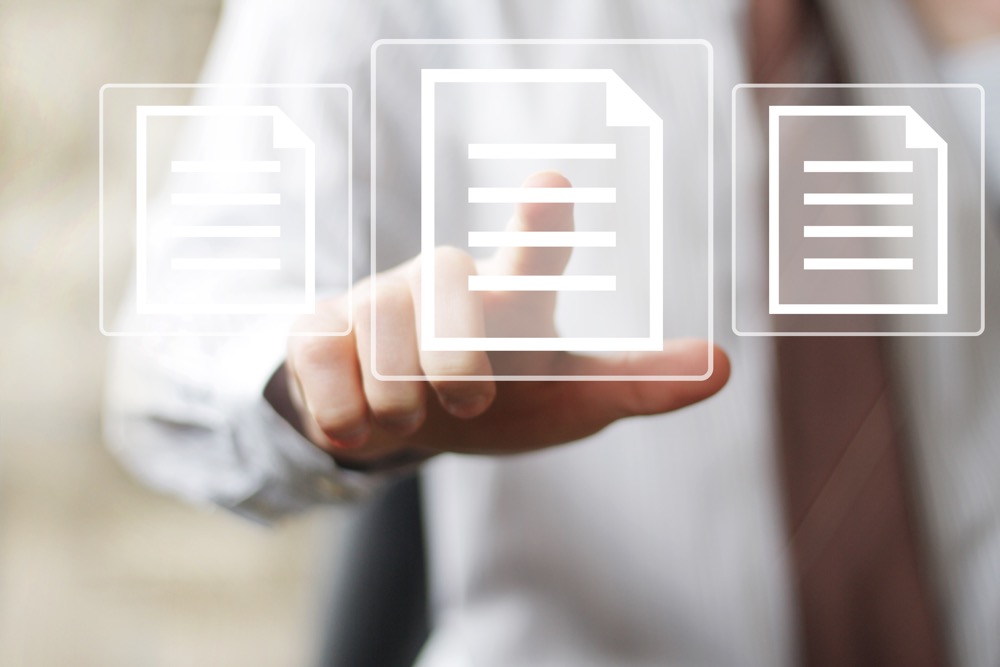My children love to help me scan. They love opening the lid to our ScanSnap S1500M and hearing it whir to life. They love putting papers into the document feeder (though I usually insist on doing that part), pushing the glowing blue button, and watching the scanned documents slide out the bottom. They’ve learned that if we’re doing a lot of scanning then it saves time and effort to bring the wastebasket over to the desk. They enjoy the whole process and occasionally fight over which one gets to help me. The only part they’re happy to leave to me is touching up and filing the scans in Evernote.
The other week, I grabbed a cutout heart my daughter had made in preschool. She shrieked and snatched it away from me. “No!” she cried, clutching it to her chest. “I don’t want to scan this! I like it!”
It seems I’ve taught them the mechanics of scanning, but they haven’t yet learned why we scan.
First, sweetheart, we don’t scan things because we don’t like them. We scan things because we do like them. We want to remember them forever and never forget the fun we had learning how to draw a heart. You drew daddy’s name very well! Did you get to cut it out? How fun!
Second, we don’t scan because we want to get rid of something. Quite the opposite! We scan because we want to keep it. Papers get lost; Evernote makes them easy to find. Papers take up space in a folder, filing cabinet, or binder, and we have to carefully weigh which papers to get rid of to make room for new ones; a PDF is much more svelte, and Evernote lets us keep everything that’s important to us.
We can still hang the original on the fridge, but scanning gives us a pristine copy that will never age. It won’t fade, curl, or tear. It’s safe. It will never get ruined. It will always look just as good as it does today.
When we make changes to a paper document, it’s altered forever. You can try, but erasers and white-out leave a residue. Reverting a change to a digital document restores it to its previous state. Change your mind? Make a mistake? Undo. A second chance to get it right.
Paper is physical. It exists in one place at a time. (It can be copied, but that copies its problems, too.) A scan can be taken with us wherever we go. It never gets left behind. It’s always where we need it.
On paper, information is trapped. It can’t move. To find it, you have to track it down. You pour over pages, flip through folders, leaf through binders. Creating an index or a catalog can help, but it’s no substitute for being able to just search. Type in what you’re looking for and let the information come to you.
Scanning transforms paper—beautiful as a snowflake, but as transient, too—into something lasting. Memories fade over time, but a scan is etched into Evernote.
We scan, not to rid ourselves of paper, but to extend the content beyond its paper cage. To make it more useful than paper alone.
I have adeptly set the example of scanning things as the final step before throwing them out. Now to teach by example that we are scanning not to discard, but to keep.
Some day, she’ll come to me and say, “Daddy, I like this. Let’s scan it!”
Question: What do you scan? Why? Share your thoughts in the comments, on Twitter, LinkedIn, or Facebook.

